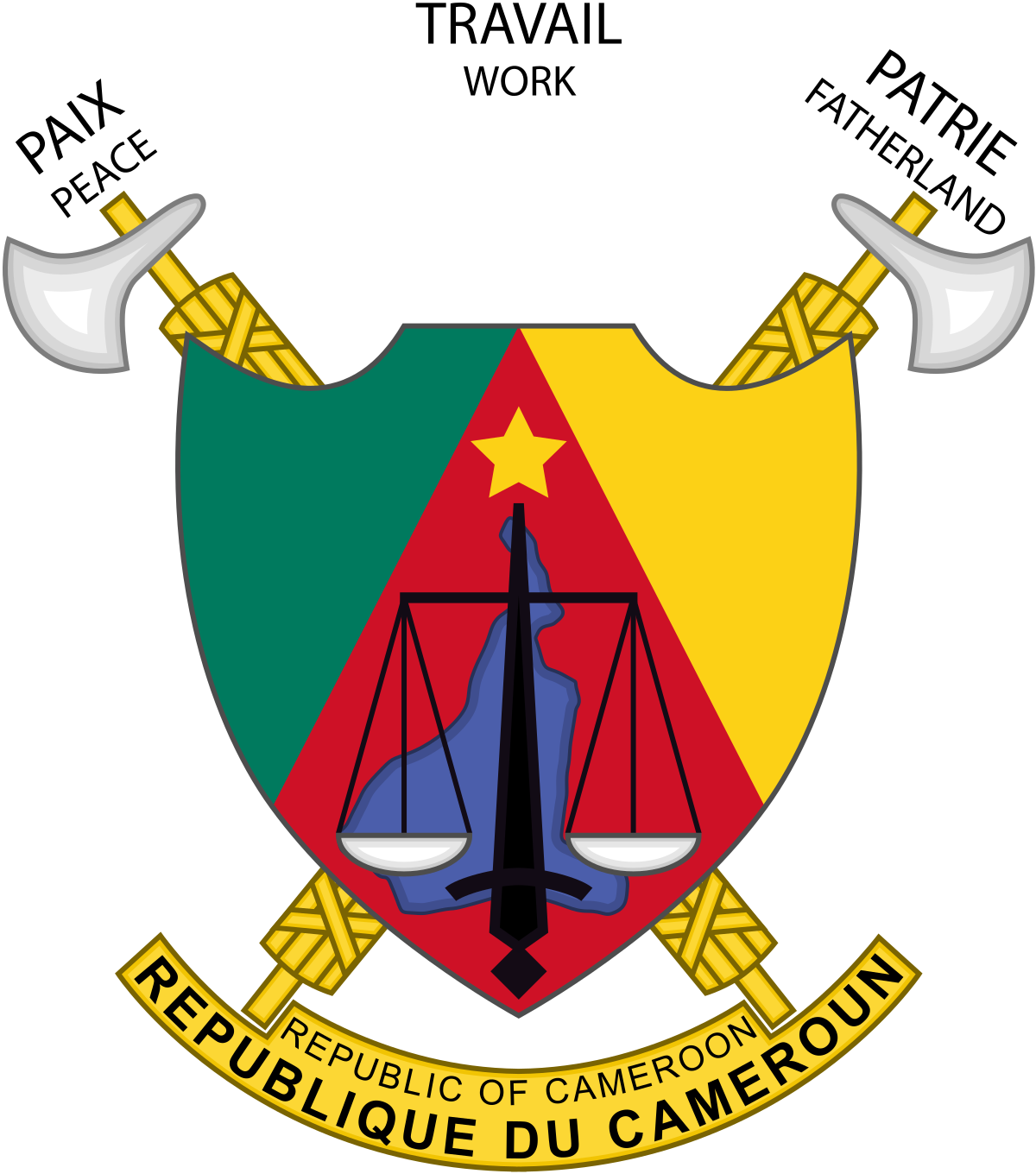History of Coffee in Cameroon
The arabic word « Cahouah » originated from a drink discovered in the Ethiopian province of Kaffa. Later, it became known as « qahvè » in turkish, and then to « caffè » in Italian. It is believed that this drink was exposed to the rest of the world in 1863 as a Maghrebian word simply known as caou. The consumption of Caou was met with great success among especially amongst Algerian soldiers who decided to maintain the name.
The French appellation “café” was a borrowed Italian word introduced in about 1600, to refer to a drink prepared in 1715, from grains of a tree that Antoine Jussieu called “cafier” which became “caféier” in 1835 following to the recommendation of the French Academy.
While it is believed coffee was discovered by Kaldi, a 9th-century Abyssinian (Ethiopian) goatherd after noticing how excited his goats became after eating the beans from a coffee plant. It went on to say, a seed from the plant accidentally fell into a hot fry-pan and from whence emanated delicious flavor. Another anecdote holds, coffee was discovered by Sheikh Omar, an ancient Mochan (Yemeni) Chronicle who stumbled on the beans while on exile, chewed the ‘bitter’ beans and later sought to improve on the flavor through roasting. After its discovery and eventual popularity in Ethiopia, the coffee plant was introduced to the rest of the Arab world through Port of Moka, then to Egypt and Yemen.
Its introduction in Cameroon dates to 1884, during the German colonial era. In fact, up to 1925 the German settlers were satisfied with a study of some varieties of coffee in Cameroon’s trial gardens such as Victoria, Ebolowa, Nkongsamba and Dschang. It was around the years 1925-1926 that the cultivation of coffee knew an exceptional development. Later, it extended to forestry zones like Yokadouma, Abong-Mbang, Doumé, Lomié and Akonolinga. In 1927, meant to serve as an experiment, the plants found their way to the Grass fields of the West Region, enjoying a great degree of success by so doing. In fact in 1928, 200 000, 97 000 and 17 000 coffee seeds were sown in Dschang, Sangmélima and Lomié respectively. About he same year, Ebolowa and Sangmélima received 110 000 and 28 000 plants seeds. After all those experiments, it was discovered that coffee had found a home in the Grass fields of the West and in the Mungo Region. However, coffee cultivation began developing as from 1929, with the arrival of René COSTE, a French Agricultural Engineer head of the farming Station of Dschang.
From 1930, a great number of farms found became railway passages from Douala to Nkongsamba thanks to the rich volcanic fields of NJombé, Bafang, Baré and Melong. Nevertheless, coffee cultivation in the Grassfields region was met with many problems notably, population density (out of 515 355 inhabitants in the Dschang Administrative district, there were not more than 20 inhabitants per square kilometer in Bana Subdivision), the access to the Land gave rise to a good number of family-inheritance conflicts.
Just like cocoa, new farming techniques were made indispensible and went on to yield good results. These new techniques were therefore part of the daily activities of the farmers across the different aforementioned regions. Before the start of the rainy season, in the month of March every year, a large part of the Grass field region is covered by flowering coffee trees.
In a bit to extend coffee cultivation to the populace of the hinterlands, the colonialists installed and extended their holdings to the Bamoun zones (Foumbot, Koutaba, Kouti, etc.).
The need to hull coffee produced in the Bamoun farms propagated the construction of a mill near Foumban, along the banks of river N’Chi. This mil was operated by a hydraulic wheel, maintained through a channel of leading to a dam.
In order to valorize this new production and arouse the interest of the Bamouns, Mr COSTE created a co-operative and outlined a regulation based on parchment coffee(unhulled coffee) called “Coopérative des planteurs de Café d’Arabie du Pays Bamoun”.
It was in this mill that the very first tonnages of the Arabica coffee hulled in Cameroon: the first lot was a meager 6 tons that was sold as sample to a then leading coffee dealer “la Maison P. JOBIN” based in Havre.
The Lot was then shipped to Havre but the Cameroonian origin was heavily contested by the Customs at the time. (“Colonial” powers benefitted from a financial advantage, called « the colonial “priviledge”) – Refusing to pay by sending out exceptional quality of your coffees still could not count. Not even when matched with the ordinary quality coffee produced by the colonies – This act was labeled as an attempt to fraud…,. An investigation followed then … - Confusion, this now famous coffee of great quality was definitely from a French colony. The press published many articles, with one of them a, according to René COSTE himself, « Too good to be true… », denouncing the supposedly contentious character of this importation to better enhance the reality and recount this surprise which has created a buzz amongst the professionals in the coffee sector.
In fact, it then became possible for some colonies to produce coffee of great quality that could fairly compete with those of foreign origins.
Since independence, the situation has known plausible progress as almost all European farms were either transferred to nationals or abandoned. The only exception was the family-owned plantations around the Bamiléké and Bamoun zones which were retained.


